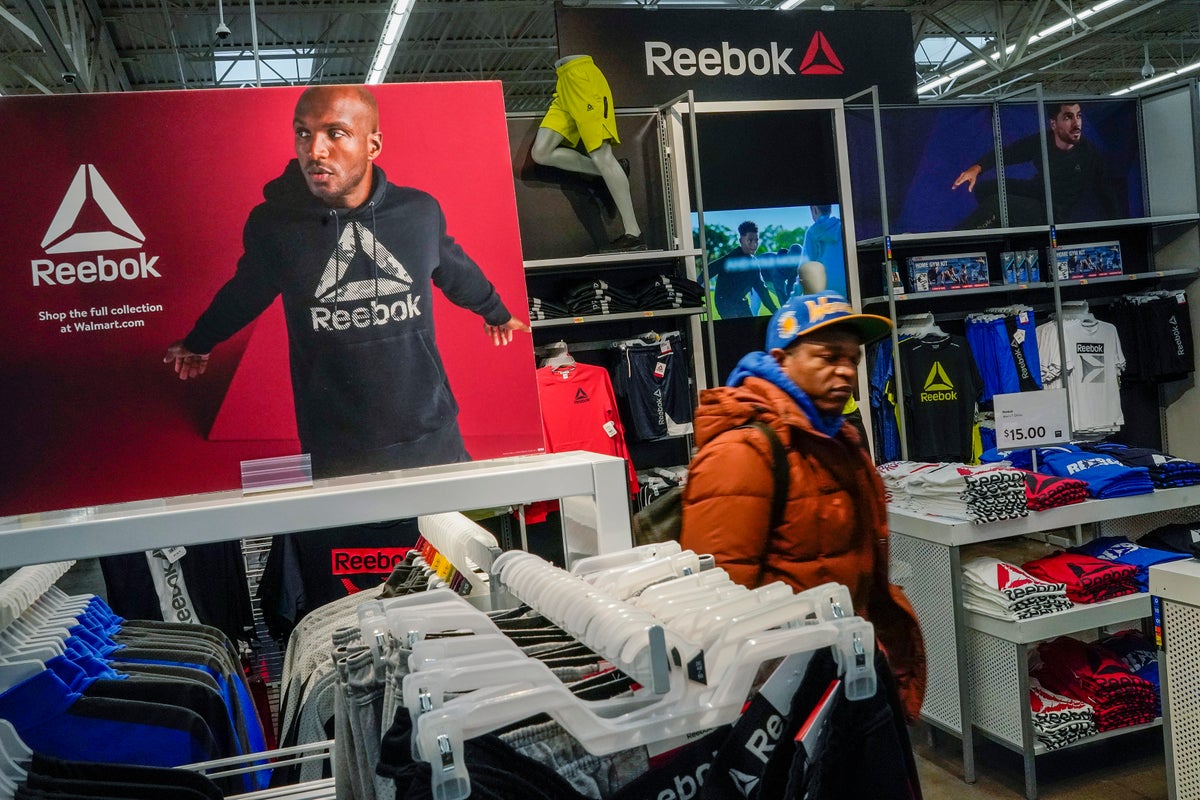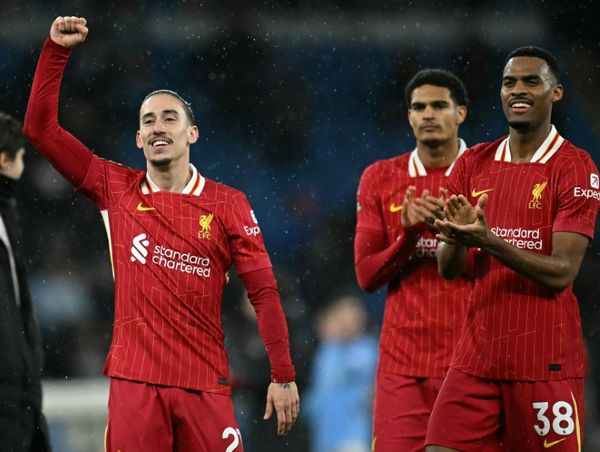
Call it the Goldilocks consumer.
Defying high inflation and sharp interest rate hikes, Americans keep spending — a trend that, if sustained, could keep the economy humming just enough to help avoid a much-predicted recession.
At the same time, surveys show that consumers on average don’t expect today’s still-high inflation to last for very long. That confidence could lead them to moderate their spending habits and wage demands, which would help slow inflation over time.
If the combination lasts, it could make it easier for the Federal Reserve to tame inflation without derailing the economy. As inflation eased, the Fed would be able to curtail its rate hikes, making a recession less likely.
“The economy is in the middling phase,” said Neil Saunders, managing director of GlobalData Retail. “It’s not too hot but not too cold, especially for retail. Things are not in the boom phase, but neither have they collapsed.”
Nearly three years after the pandemic caused a brief but brutal recession and then a powerful rebound, the economy appears to have entered a phase in which growth might not be so forceful as to fuel high inflation. One reason is that consumers are continuing to spend — just not at breakneck speed.
Consider the spending habits of Francisco Santana, who was stocking up on groceries last week at a Walmart in North Bergen, New Jersey. A New York City resident, Santana, 39, bought several hundred dollars' worth of bacon, sugar, hamburger buns and cream cheese — among the necessities he said should feed his family of five for a couple of weeks.
Yet Santana says he's spending with caution. The inflation surge had led him to shift his grocery shopping from local chains to Walmart. He found a package of strawberries there for $5, he said, that might have cost twice that at some other stores he's shopped.
“I'm looking for quality and budget,” he said. “Inflation's still a big issue.”
Consumer surveys, closely tracked by the Fed, show that two years into the worst bout of inflation in four decades, Americans' expectations for future inflation remain modest and by some measures nearly back to pre-pandemic levels.
Lower inflation expectations matter because they can become self-perpetuating: When people expect inflation to stay high, they typically demand and receive higher pay. Businesses then often charge their customers more to offset their higher labor costs, further fueling inflation. In that way, rising inflation expectations can turn high prices from a temporary disruption, like an oil supply crunch, into something longer-lasting.
But lower inflation expectations can reverse that dynamic and help cool inflation.
A survey by the New York Federal Reserve Bank earlier this week found that the typical consumer expects inflation to be just 2.7% in three years, down from 4.2% in the fall of 2021 and barely above the level in January 2020. That's far below the current inflation rate of 6.4%. Shorter-term inflation expectations are higher: The median consumer expects inflation of 5% in a year. Still, that's down from a peak of 6.8% last June.
By contrast, in January 1980, when U.S. inflation soared well into the double-digits, expectations for inflation one year ahead peaked at 10.4%, according to a separate survey by the University of Michigan.
“If I think prices are going to go up in the future, I think, well, this looks expensive, but I better get it now because it’ll be more expensive tomorrow," said Laura Veldkamp, a finance professor at Columbia Business School. "And so then I’m willing to pay much higher prices. But I think now people don’t have in mind that things are going to be a lot more expensive next year.”
Laurence Ball, an economist at John Hopkins University, noted that in countries with hyperinflation, expectations can completely distort behavior. In Brazil in the 1980s, when inflation was rising 20% a month, hours-long lines at grocery stores would form at the start of the month as shoppers sought to spend their money before prices shot higher by the end of the month.
“Decreasing inflation expectations," Ball said, “are unambiguously good for the inflation fight.”
He added, though, that he's still concerned about the robust jobs market and how sharp pay raises may still keep inflation elevated.
On Wednesday, the government reported that retail sales jumped 3% in January, the largest one-month increase since a stimulus-check-fueled rise nearly two years ago. Yet last month's surge followed two months of falling retail spending, in November and December, and economists said that looking at the three months together likely provided a more accurate picture.
There are signs, too, that consumers and businesses remain cautious — a sentiment that could prevent spending from accelerating excessively and reigniting inflation. Last month, the Federal Reserve's "beige book," a compilation of anecdotes from businesses across the country, reported that some merchants were beginning to face pushback from consumers against higher prices.
“Many retailers noted increased difficulty in passing through cost increases, suggesting greater price sensitivity on the part of consumers," the beige book said. "In addition, some retailers offered more discounts and promotions than they had a year ago in order to move merchandise and clear out excess inventories.”
Regina Barbosa, who works at a community group in Fairview, New Jersey, has also started shopping more at Walmart in response to higher prices. She has also stopped going to Broadway shows, which she used to do once a month.
She feels the impact of inflation every day, she said, in “everything we eat at home, everything we need for home life — those kind of things.”
Michelle Meyer, chief economist at the MasterCard Economics Institute, said the institute's data on consumers’ use of credit cards showed that more shoppers have resumed looking for bargains and promotional discounts. That wasn’t happening a year ago, when major supply shortages led many consumers to spend freely to ensure that they could get the holiday gifts and other goods that they wanted.
“We are seeing price discounting and we’re seeing consumers search for some of those promotions and spend around that promotion cycle,” she said. “I think the inflation psychology has been amazingly well contained.”
Fed officials have expressed optimism that Americans' inflation expectations will remain subdued. Still, they remain cautious out of concern that if price pressures re-accelerate, inflation expectations could shoot higher again.
“Expectations seem to be well-anchored,” Fed Chair Jerome Powell said at a news conference earlier this month. “I think that’s very reassuring. The public has decided that inflation is going to come back down to 2%, and it’s just a matter of us following through. That’s immeasurably helpful to the process of getting inflation down.”
“But that’s not grounds for complacency,” Powell warned. "Although inflation has moderated recently, it remains too high. The longer the current bout of high inflation continues, the greater the chance that expectations of higher inflation will become entrenched.”







